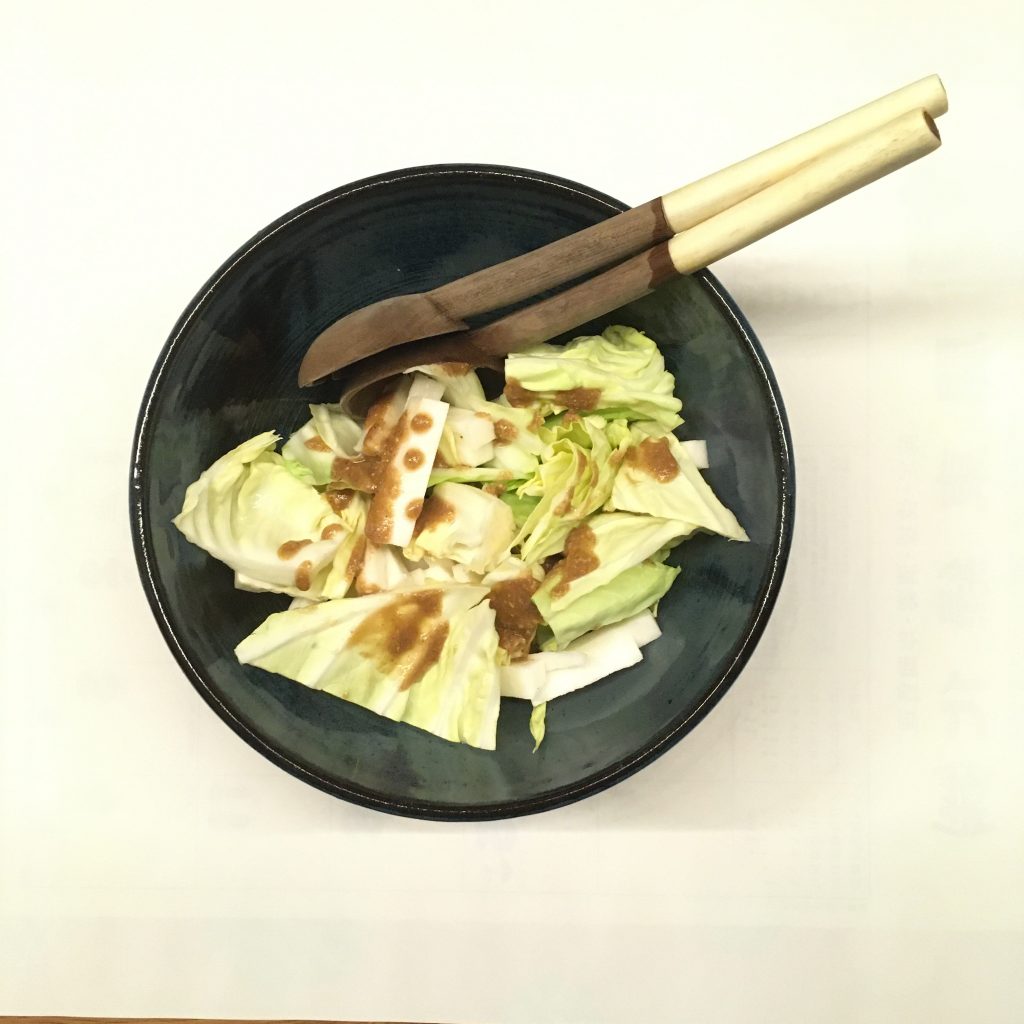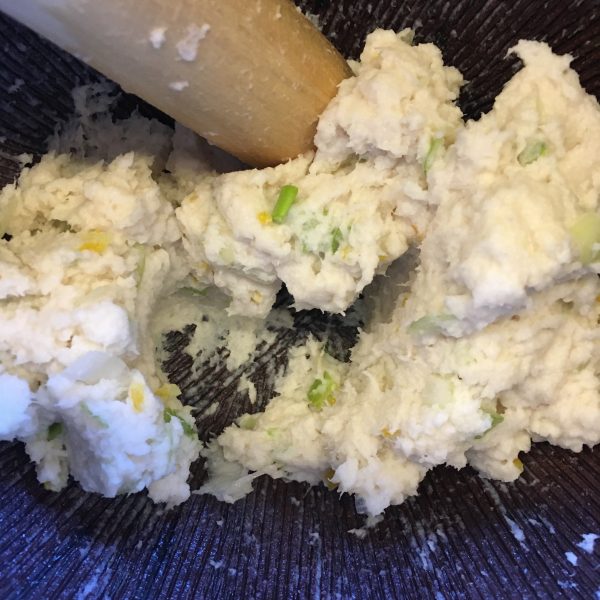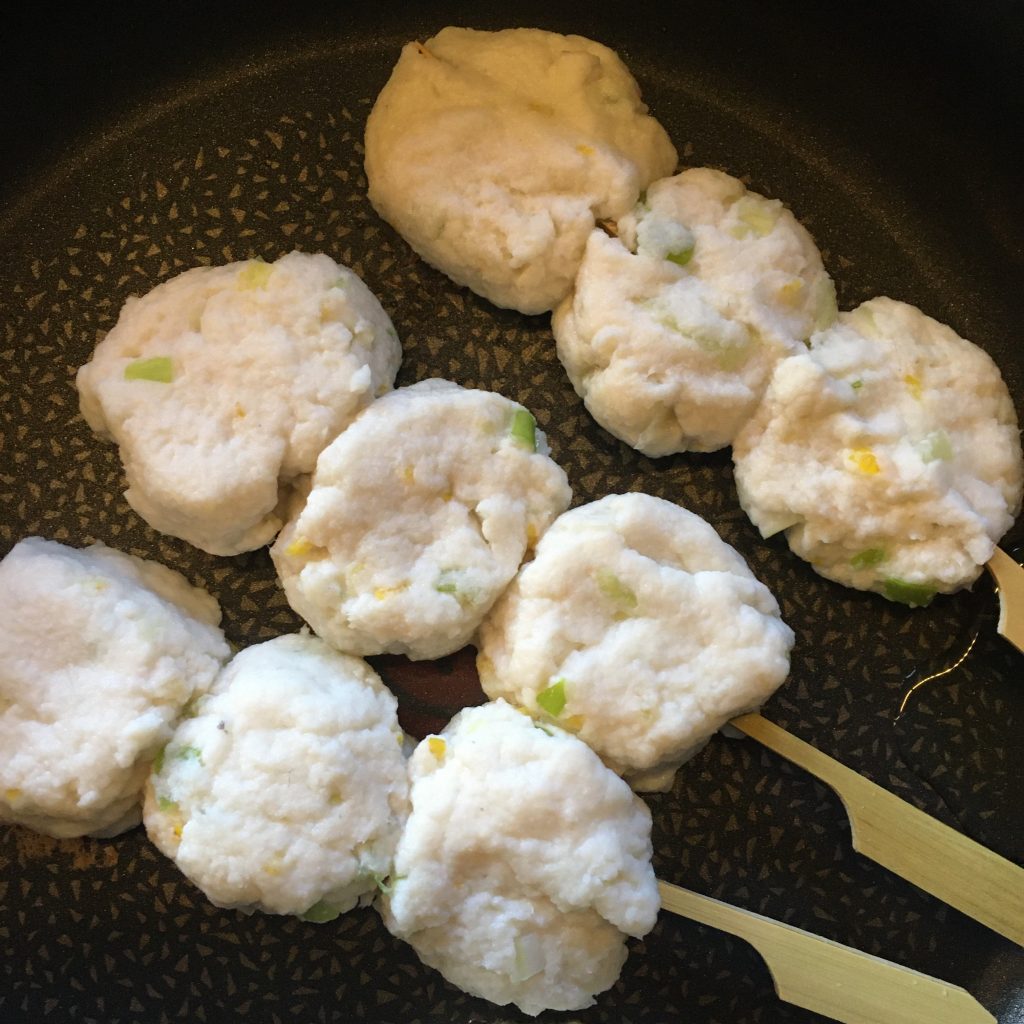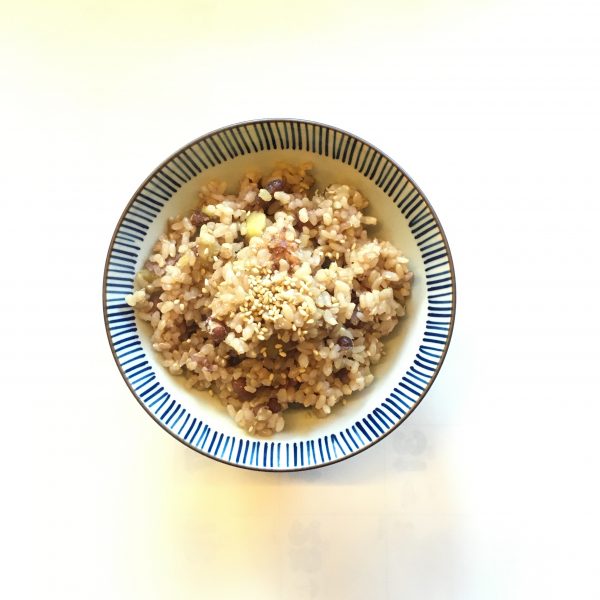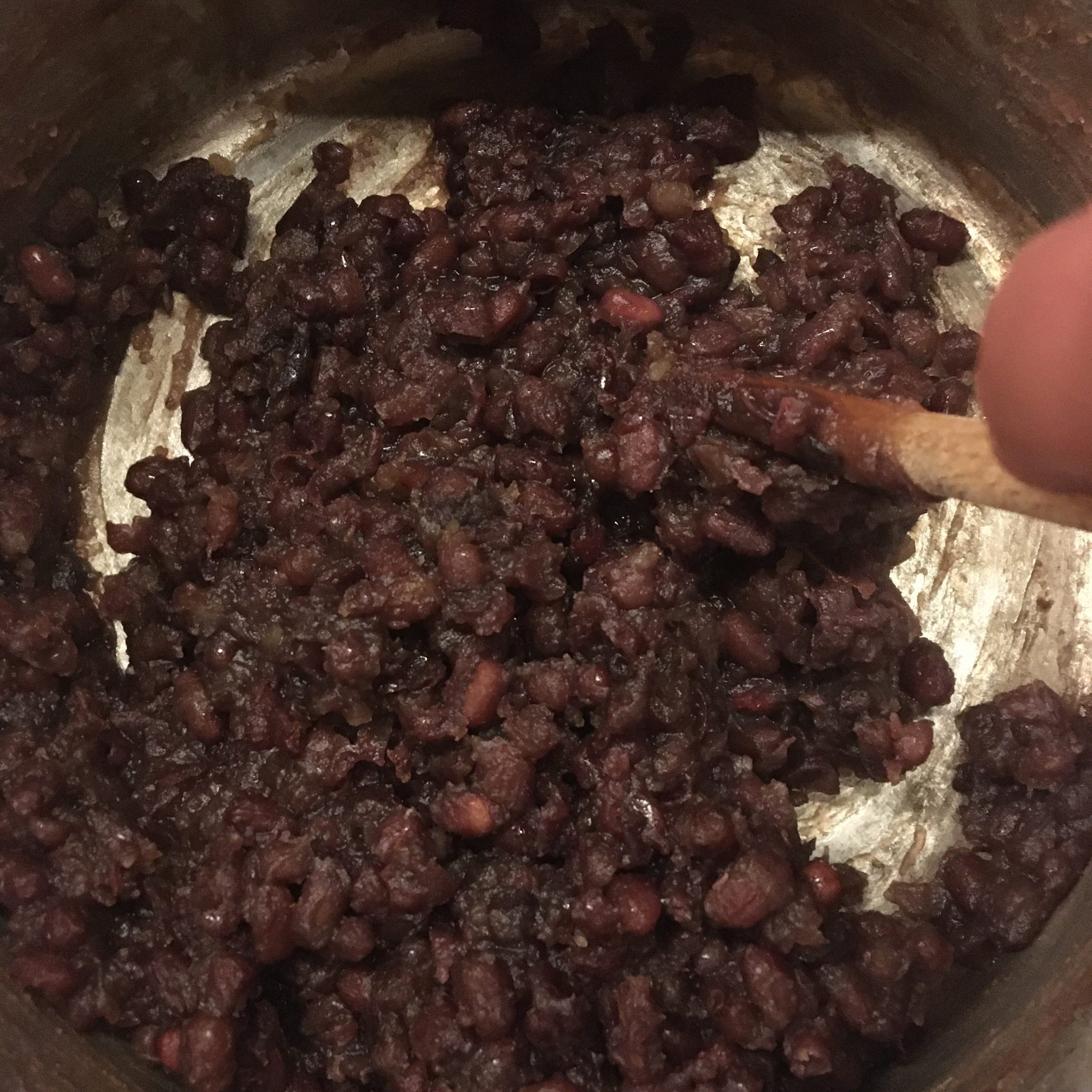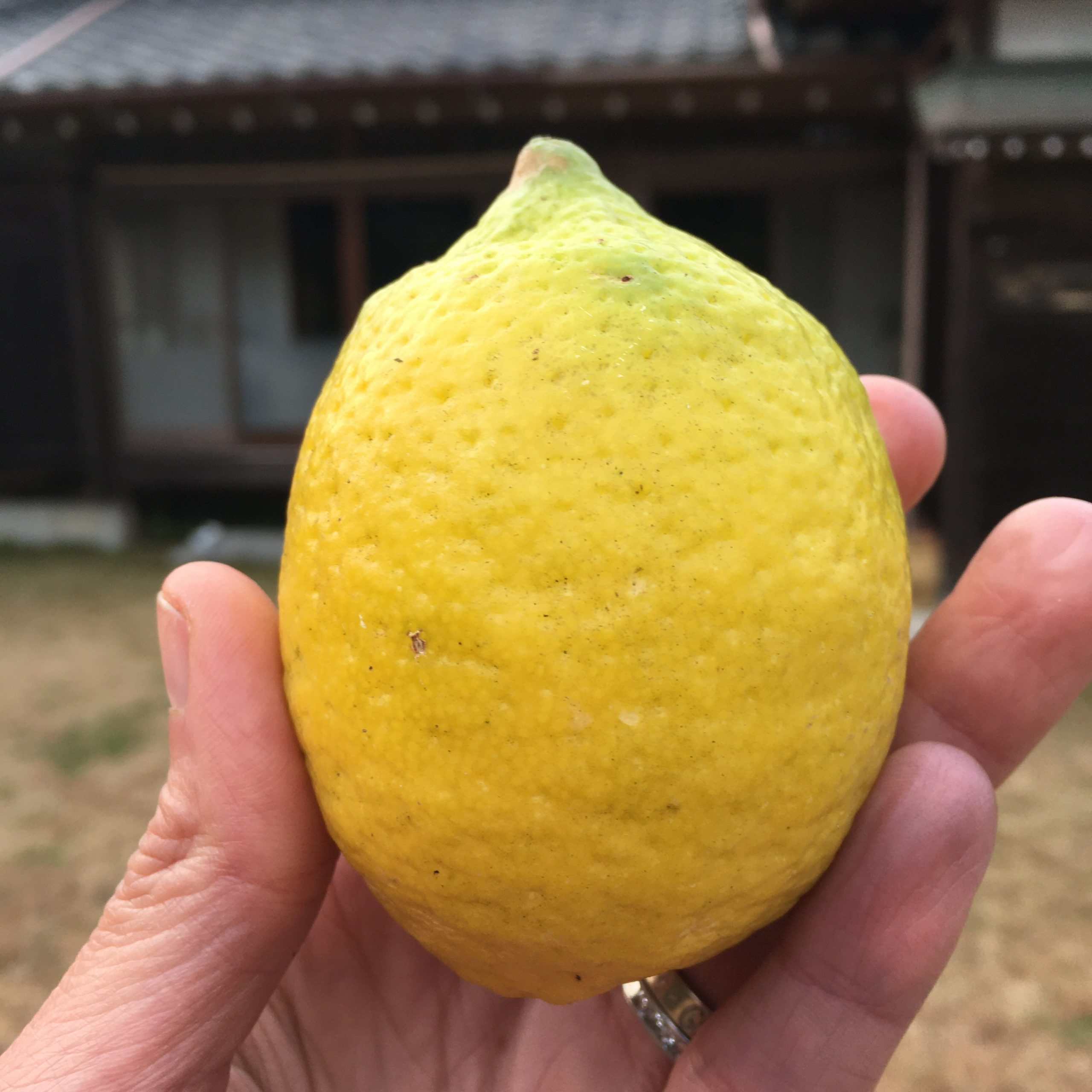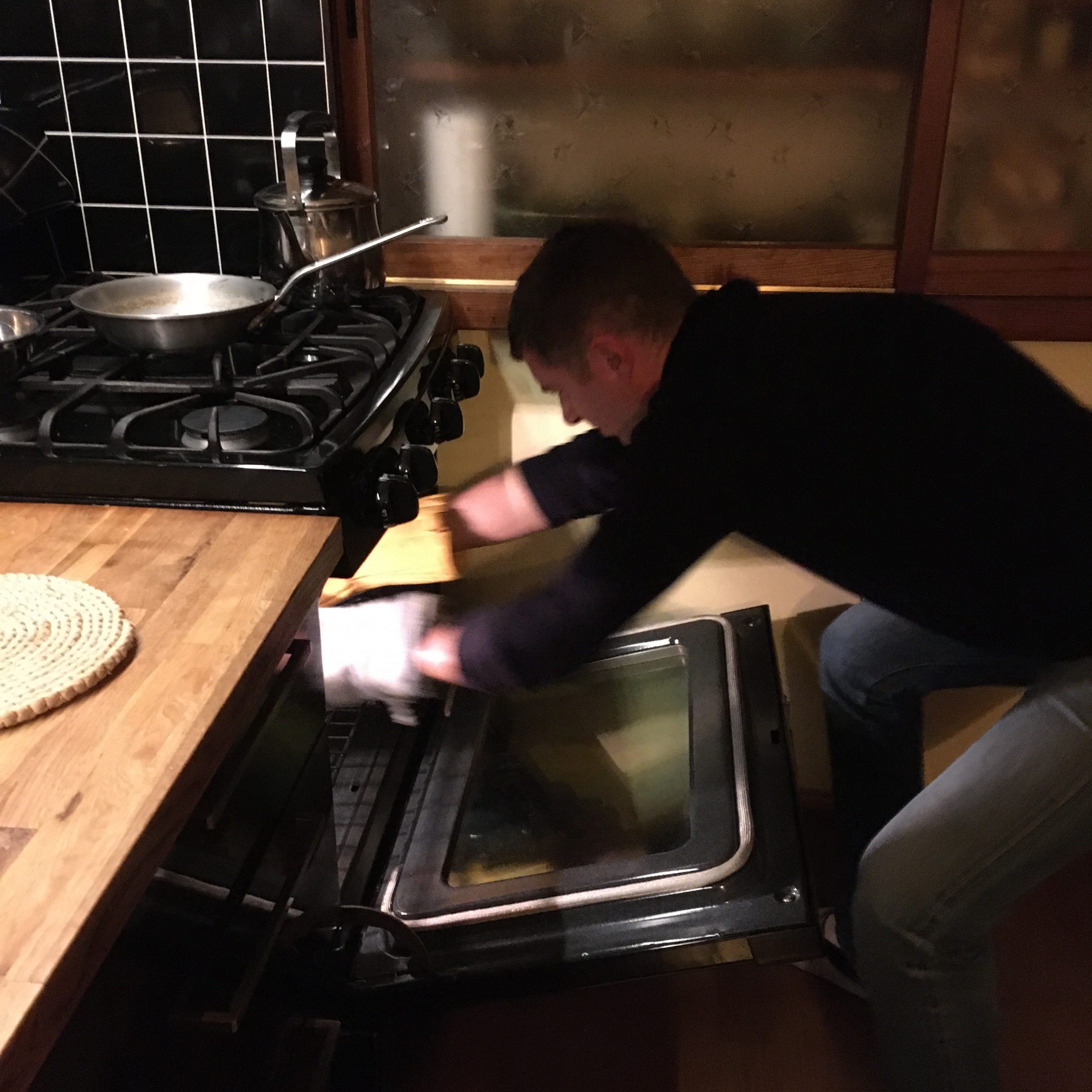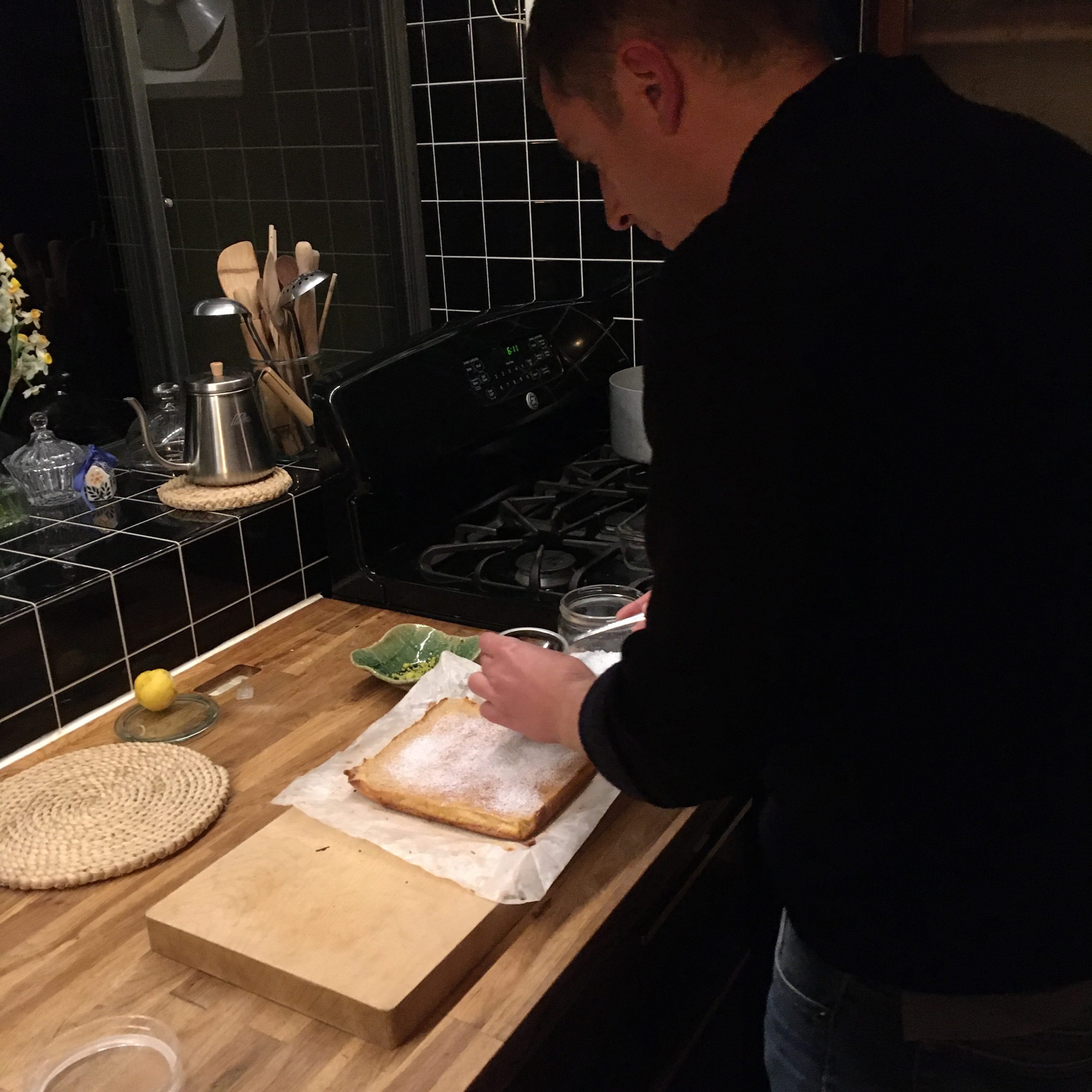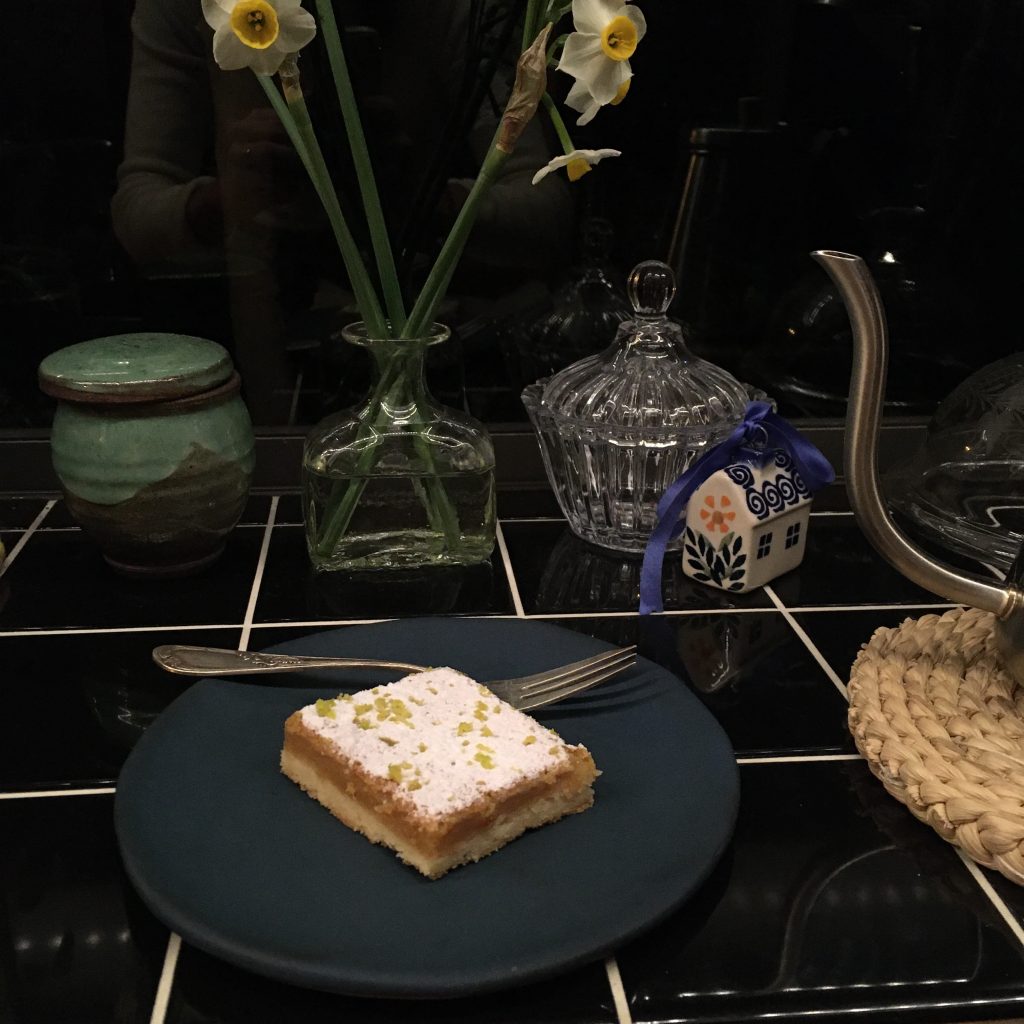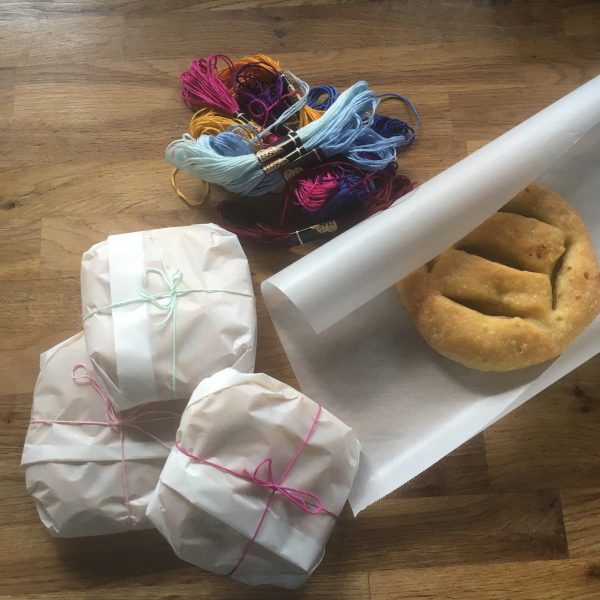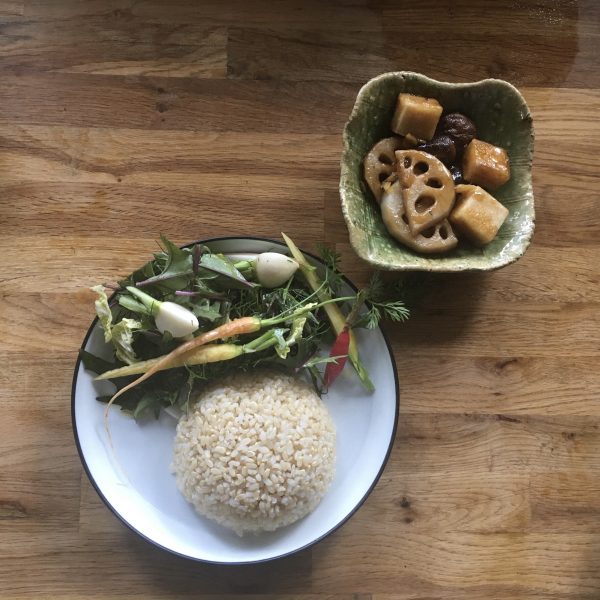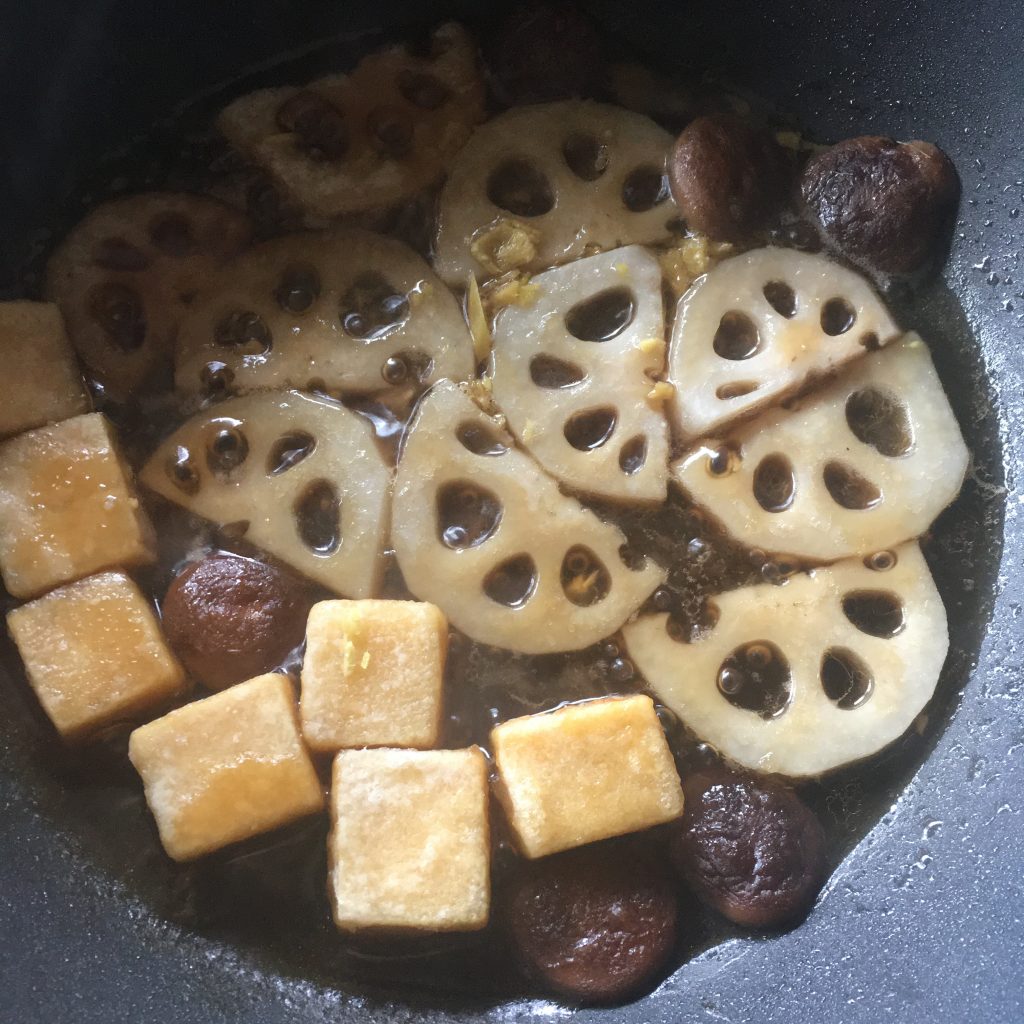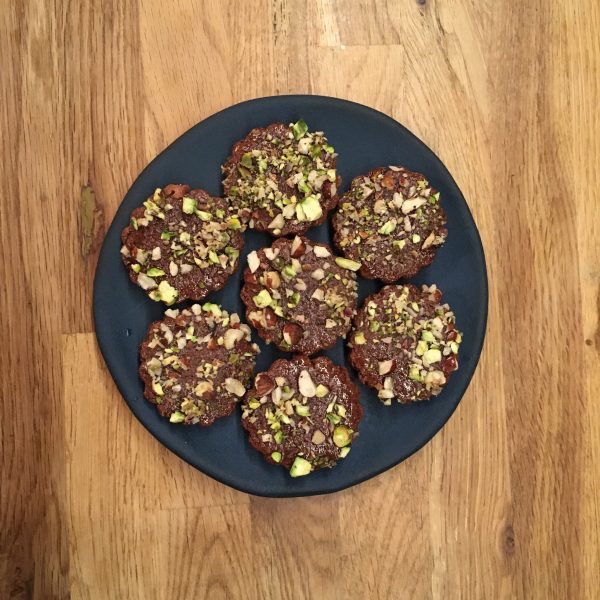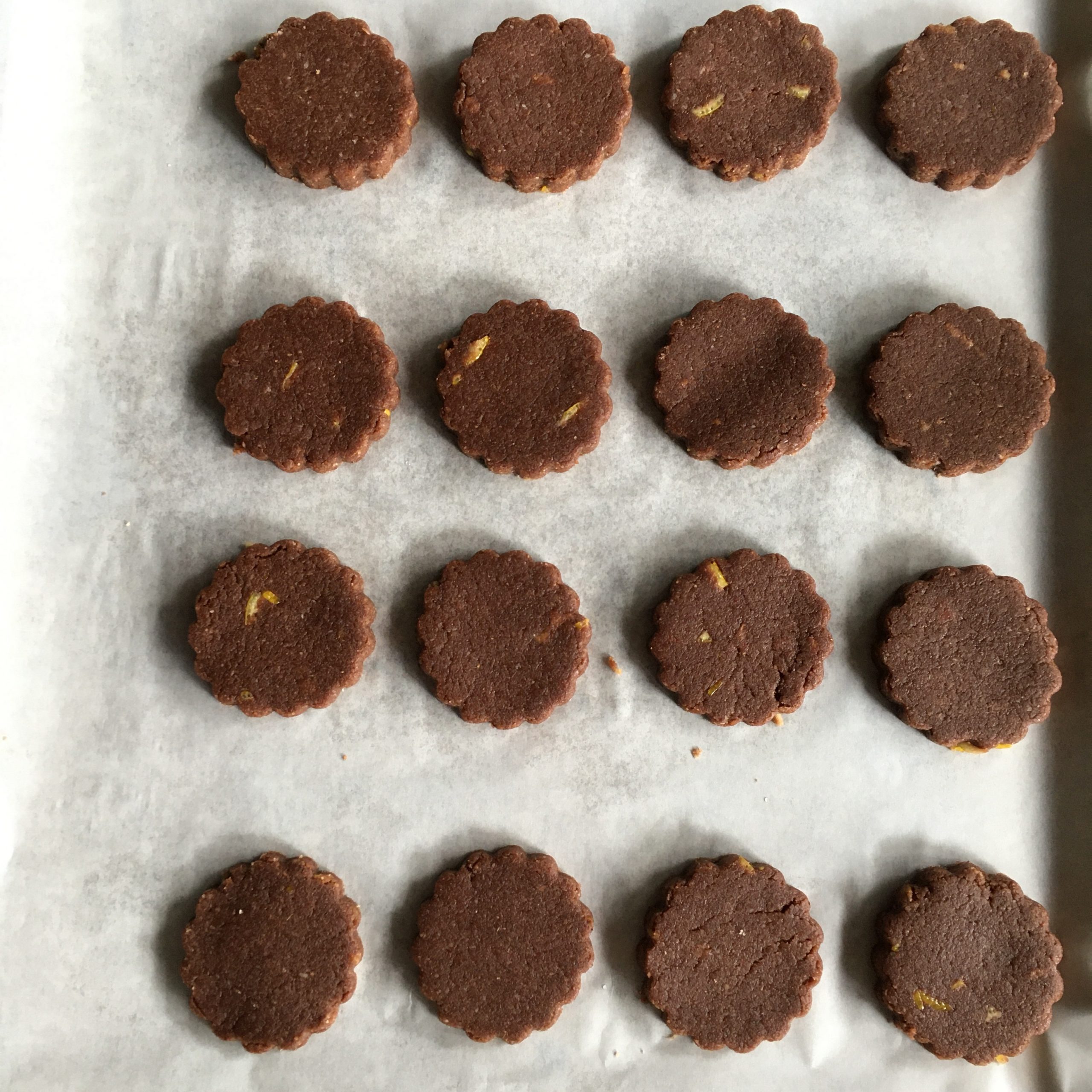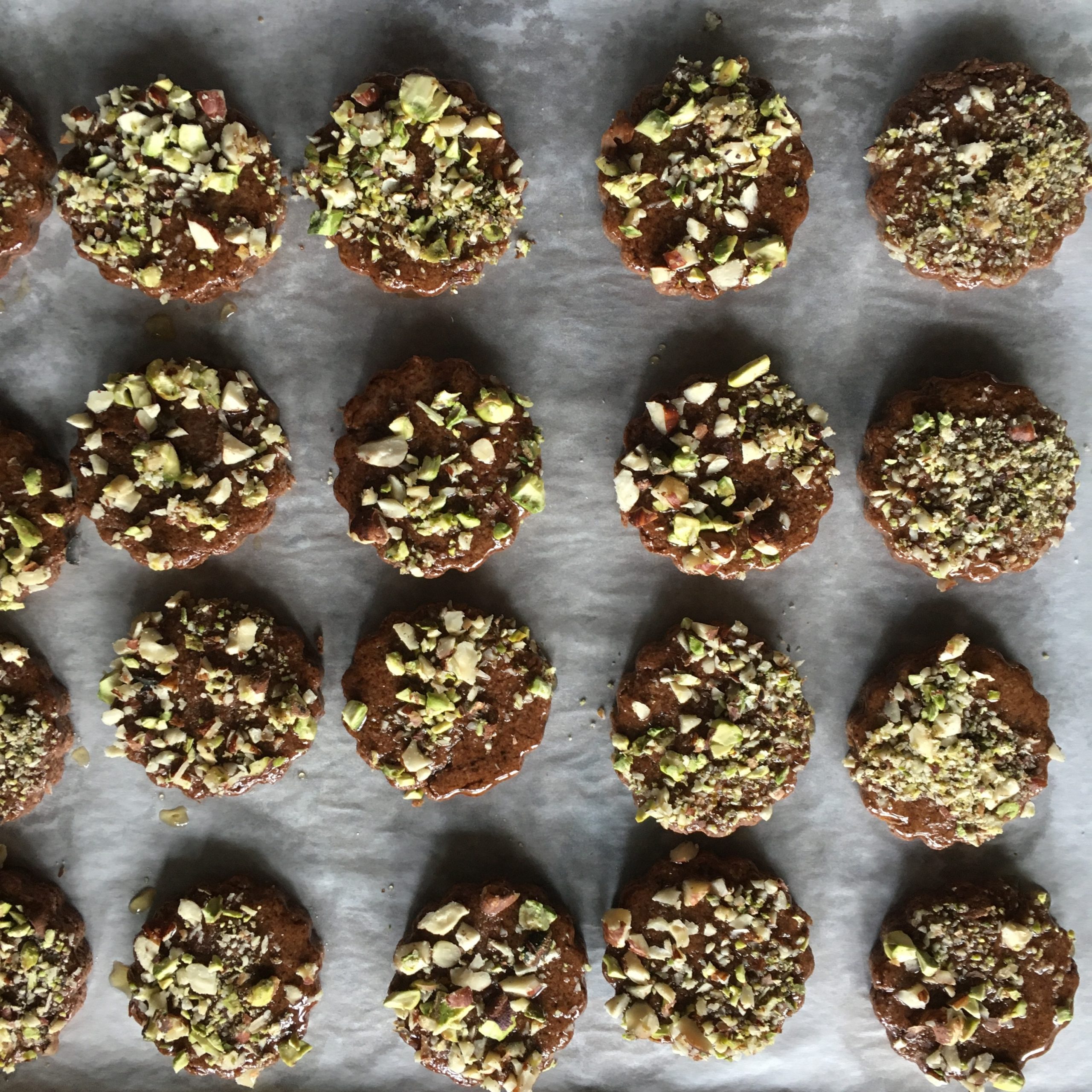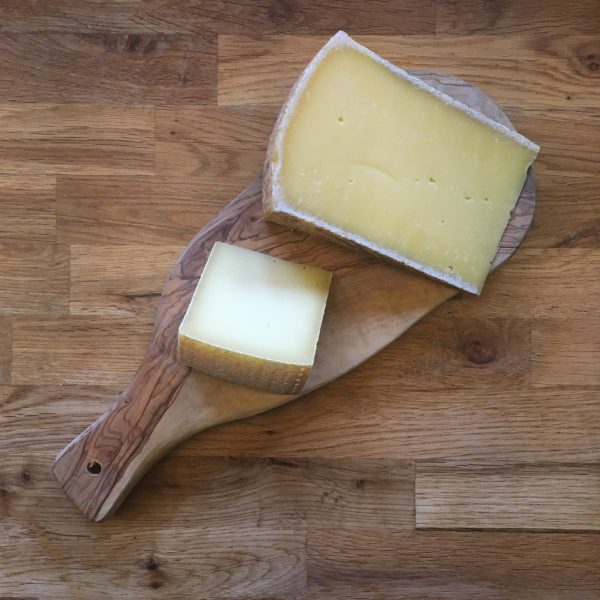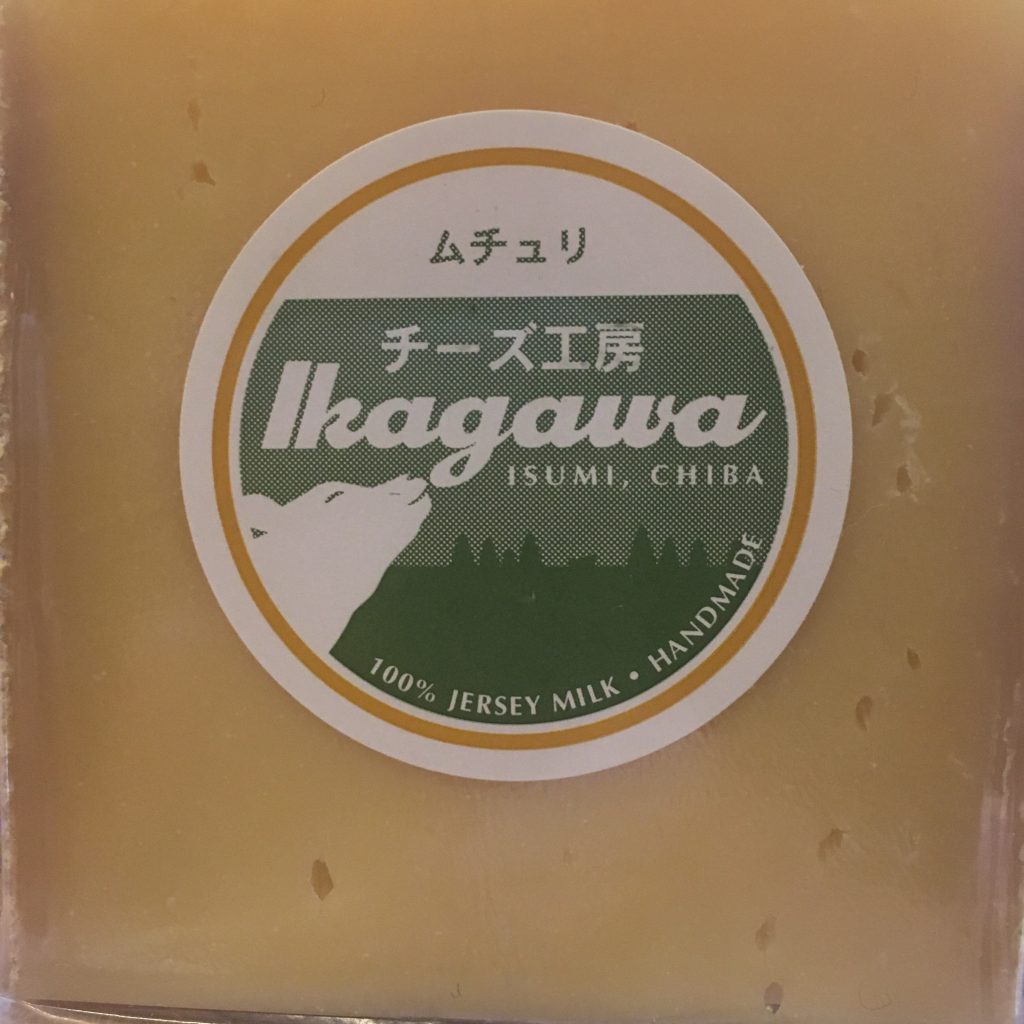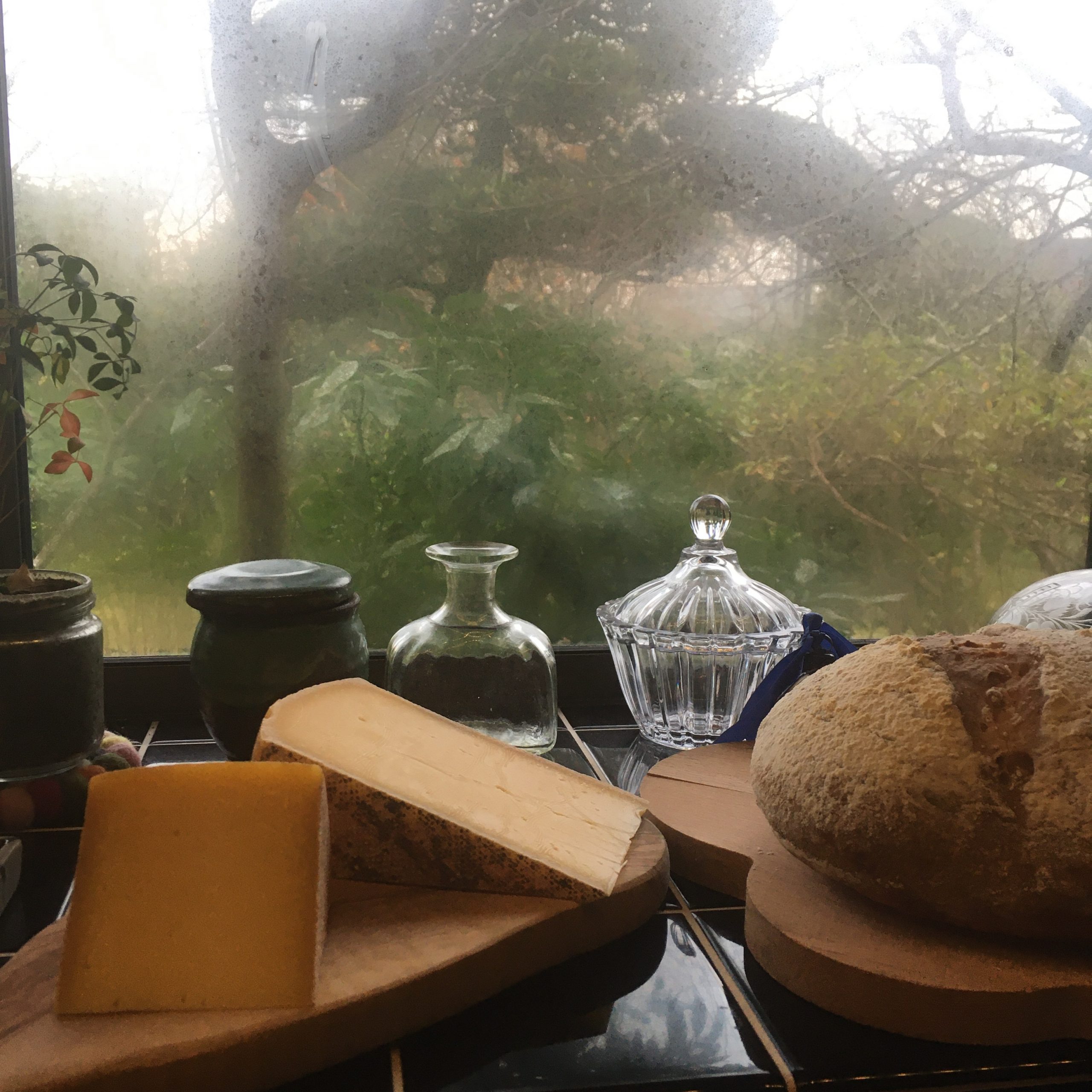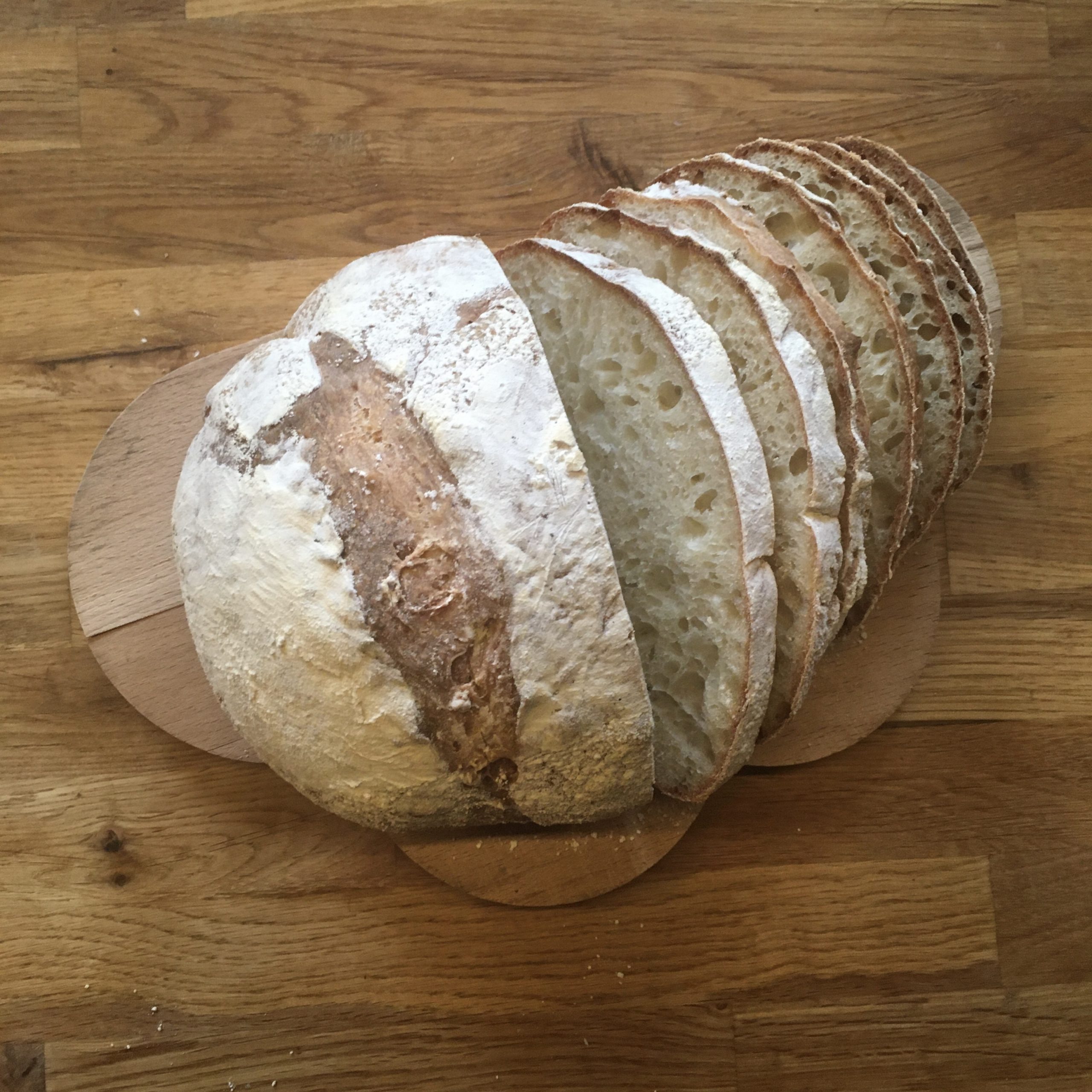It’s been now 6 years now that I have been keeping steadily this food diary of ingredients and recipes I loved, and some of my culinary failures too. And in 6 years I never talked about (Japanese or Chinese) yam, the Japanese yama imo 山芋・大和芋 or naga imo 長芋, also sometimes called tsukuneimo つくね芋. While they are supposed to be slightly different in shape and size, they basically have the same properties and taste. It is true that I rarely buy it because A. is not such a big fan and I hardly know how to prepare it to make it really tasty. Indeed yam taste is very very mild, but its texture, slimy and crunchy is very interesting. It is most often used in a preparation called tororo とろろ which is just grated yam that makes this very specific white and slimy “thing” used in tororo-soba とろろそば for example, or in other preparations, such as in surimi’s classic recipes (you can add some to mine) and in salads. And yam salad was one of the first genuine Japanese cooking experience I had with our friend S. when we moved to Japan and came to cook at home with us. We prepared two dishes for dinner together: a yam and cabbage salad and a snapper takikomigohan 炊き込みご飯. How did I come buying yam again is the kind of stupid mistake you wish you do more often. I simply couldn’t read the third kanji in 自然薯 when I saw it at the farmers market, and just bought it. As soon I was home and looked at this root more closely I realise it was a sort of yam. Jinenjo 自然薯 is in fact wild yam. It is in season during the winter (December to February) and for some reasons, it is also a lot more pricy than regular yam. Anyway, I ended up with it and was quite excited to cook it! The menu fo the dinner was all set: a wild yam meal with this salad of our very beginnings in Japan and a simple bowl of soba with tororo. It’s been a while we didn’t have soba!
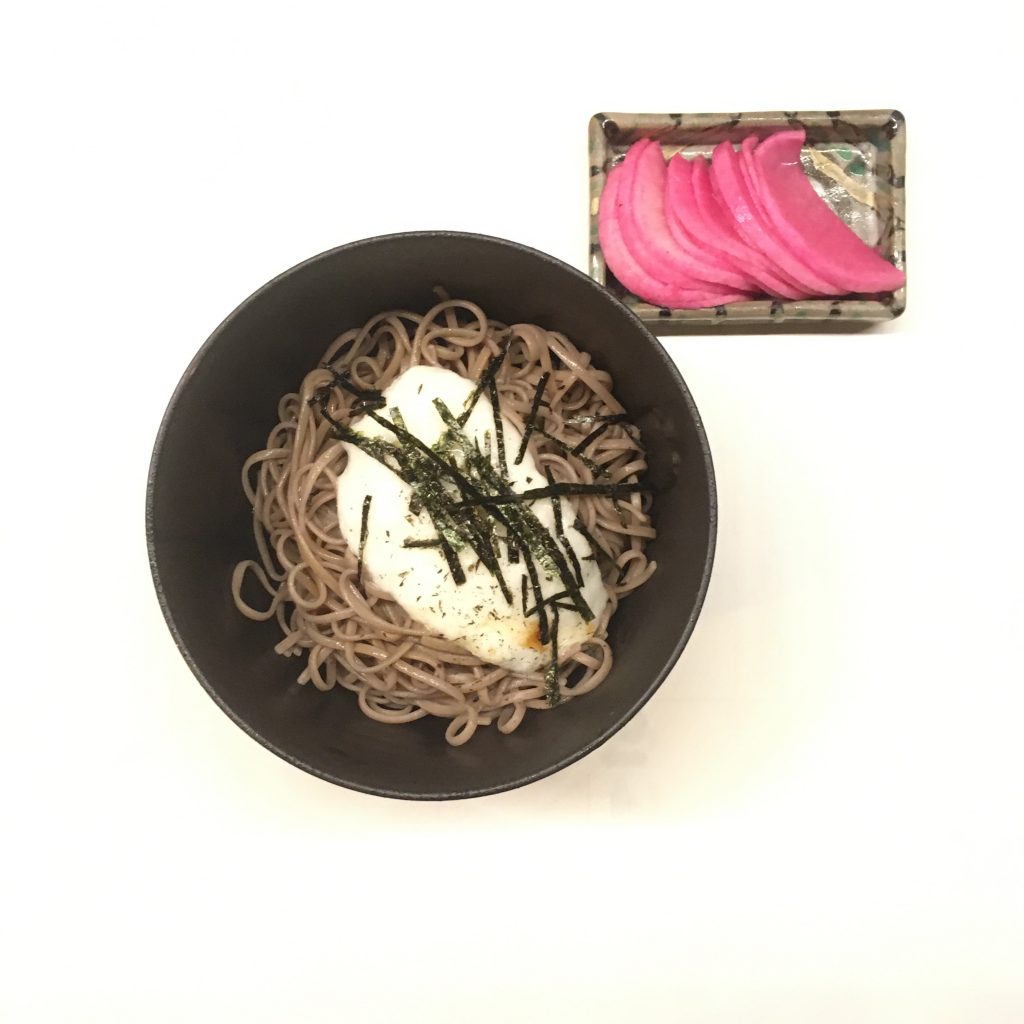
For the soba I guess there is no need of a recipe, just cook your soba as usual and prepare your dressing, grate the yam and top the soba with the white slime you have obtained. Add some nori. For the salad, I will share this 16 years old recipe!
Oh! and by doing a bit of reading to prepare this post I realized that the skin of the yam could be irritating so it is recommended to wear gloves when peeling it. Personally, I didn’t know and I never add problems touching it.
Yam and cabbage salad (2 servings)
- 20cm of Chinese or Japanese or wild yam
- 1/4 cabbage
- 2tbs of sesame seeds
- 1tbs of sesame oil
- a pinch of salt
Peel and wash the yam and cut in 4cm sticks. Wash and cut the cabbage in big chunks. In a suribachi squeeze the sesame to obtain a smooth paste, add the sesame oil, the salt and you have obtained a nice homemade sesame dressing. In a bowl set the yam sticks, the cabbage, top with the dressing and that’s ready!!!!
